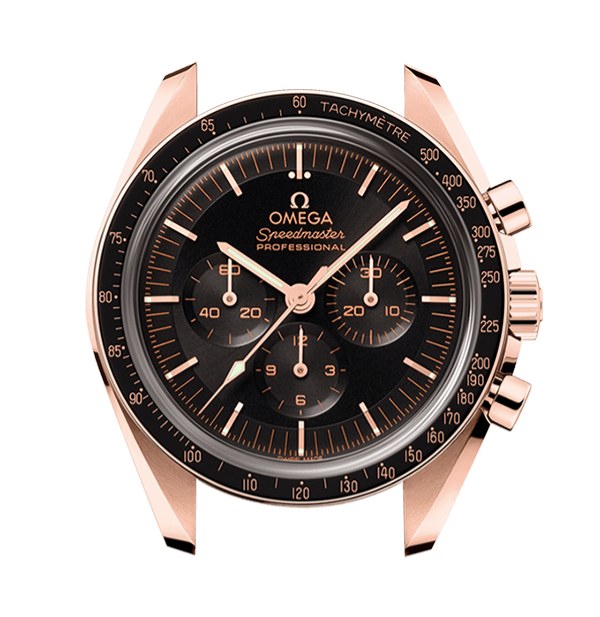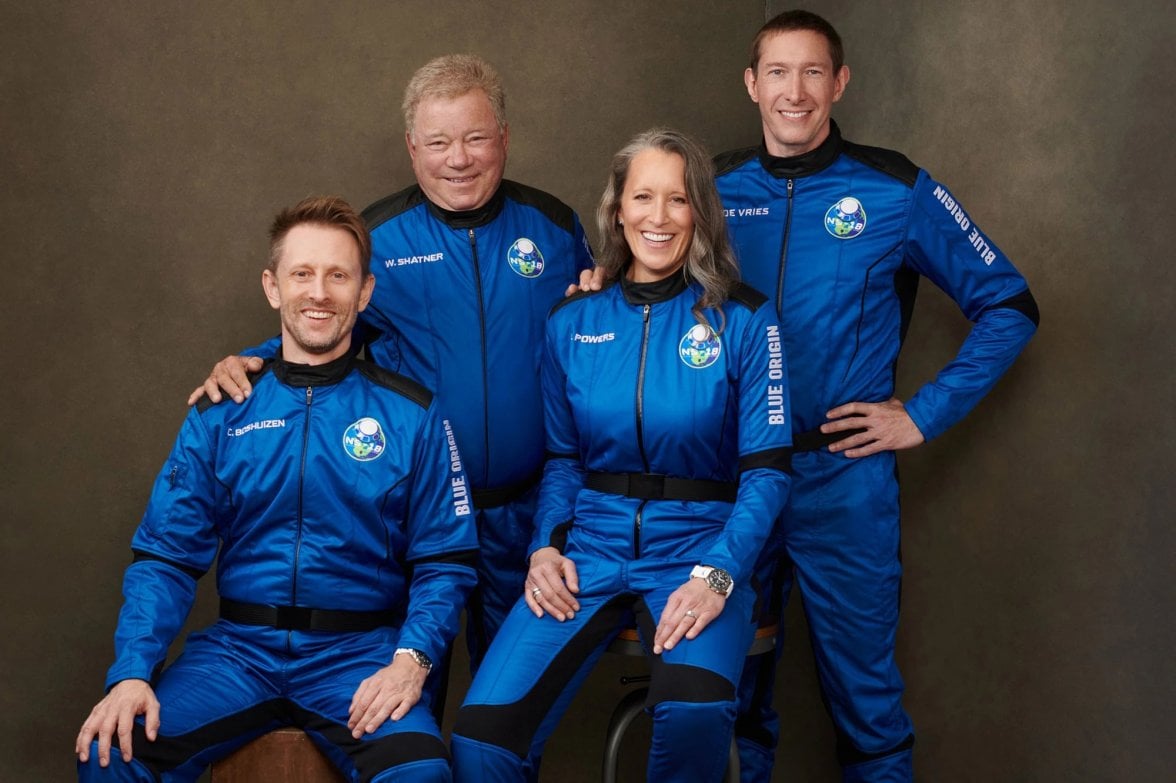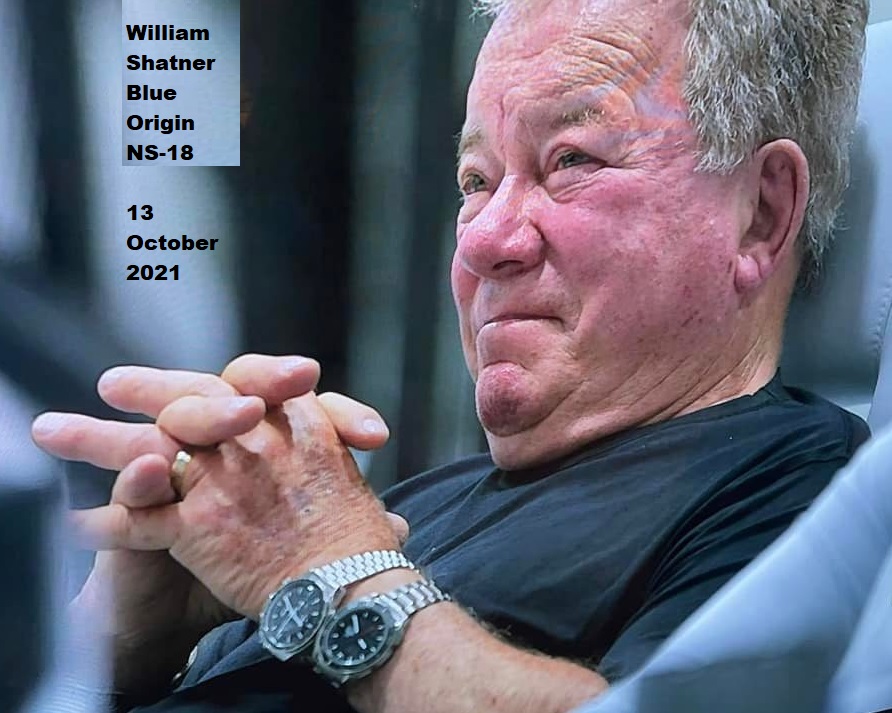But the 3861 also has the same intermediate mark approach as the FOIS.
With the cal.321 having 5 beats per second and a dial with four intermediate marks, the chrono hand lands on a dial mark with each beat.
Later calibers went to 6 beats per sec, meaning the traditional dial design of 4 intermediate marks didn’t line up too elegantly with the chrono hand beats: the chrono-secondhand would only hit on the full second indices, and none of the intermediate indices.
This inelegance was sometimes, like on the FOIS, “fixed” by placing only two intermediate marks on the dial because this allowed the 6 beat/sec chrono hand to at least land on a dial mark every
other beat.
The new cal.3861 retains same frequency as cal.1861, beating still at 6 times per second; and for the first time in a regular production mainline speedy the dial design now “comes standard” with 2 (rather than 4) intermediate marks.
So, both the FOIS you pictured and the new 3861 only have 2 intermediate marks.


